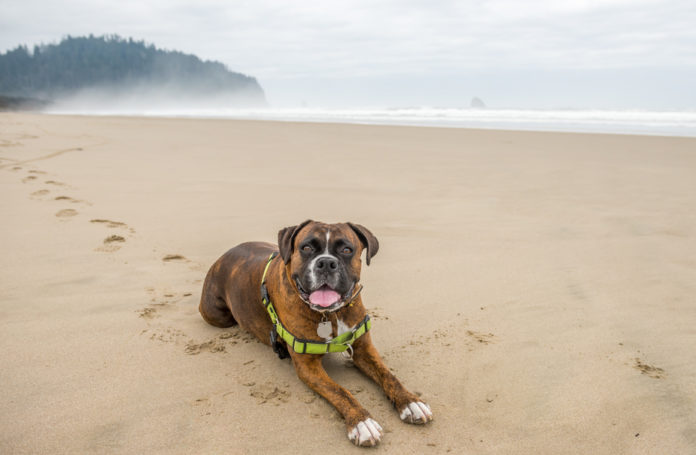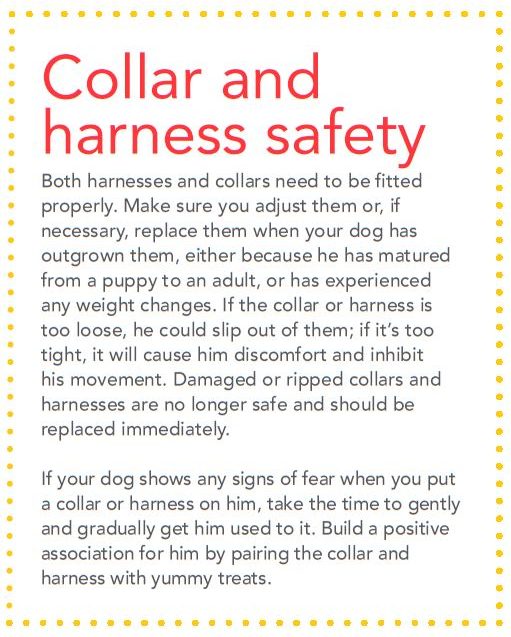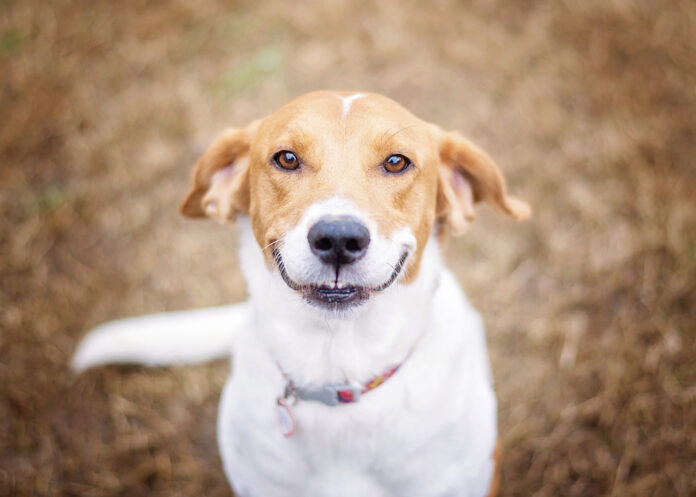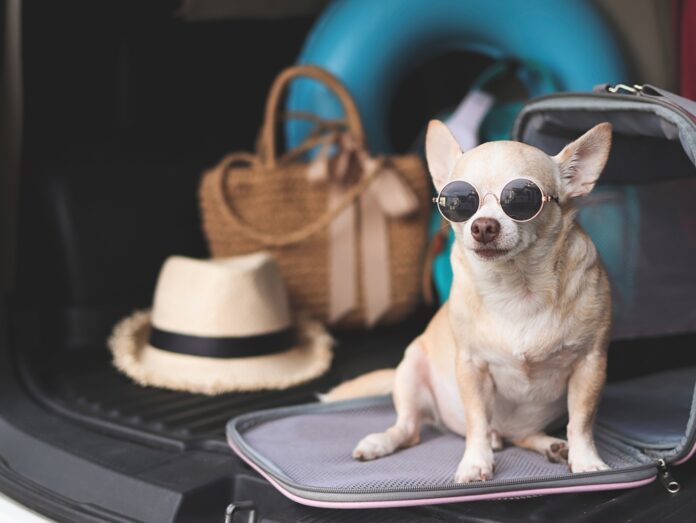Collar or harness — which is best?

A comprehensive discussion of collars and harnesses and how and when to use them.
At a recent dog event I attended, a search and rescue trainer stated that harnesses are for fun activities and collars are for obedience training, meaning she uses the latter for corrections. I could not disagree more. Collars and harnesses are not obedience training tools, but rather tools to keep your dog safe. Nowadays you can find an abundance of both on the market. So which should you buy for your own dog? What is the purpose of a collar and when should you use a harness?
Collars
The main function of a collar is to keep identification tags on your dog He should not be walked with a leash attached to his collar. Constant pulling may cause injuries or permanent harm to a dog’s neck, including damage to the thyroid and trachea. Even if your dog doesn’t pull on the leash, he may suddenly lunge towards a squirrel, and that is all it takes for him to sustain an injury to his neck. Harnesses are a much better option when you walk your dog on leash (more on this below).
- Of course, we never want to use collars that may hurt our dogs in any way, such as choke, prong or shock collars. Instead, a flat collar with a buckle or a plastic snap for quick release works best. Apart from dogs grabbing each other by the collar during play, collars can get caught on crates, furniture, fences and other objects, and collar strangulation accidents may injure or even kill a dog. Quick-release or breakaway collars can help prevent tragic accidents because they have special plastic closures designed to release automatically when pressure is applied. Often, doggy daycare facilities will require quick-release collars for the dogs in their care. The plastic closure allows for quick opening of the collar in case dogs get entangled during play or a scuffle.
- A martingale collar is recommended for dogs with heads that are narrower than their necks, such as greyhounds and whippets. When your dog tries to back out of a martingale collar, it will tighten around him neck but won’t choke him as long as it’s properly adjusted. Make sure you can still fit two fingers between the fully-tightened collar and your dog’s neck. Martingale collars should be removed when a dog is left unsupervised because the front loop may get caught on something and seriously injure him.
- For walks in the dark, light-up collars offer additional safety. They are usually battery-operated, and some are rechargeable. Be aware that most of these products are made of plastic and are designed only to make your dog more visible in the dark. Don’t attach a leash to them.
Tip: I like collars that are the least intrusive for my dog. So I look for lightweight collars made of a soft material. Some feature heavy metal buckles, and I would not want my dog to wear a collar like that around his neck all day.
Harnesses
A body harness is always recommended for walking your dog. Attaching the leash to a harness eliminates the strain on his neck while still keeping him securely connected to you.
There are two main types or harnesses:
- Front-clip harnesses helps to minimize pulling, although they are not a substitute for training your dog to walk nicely on a leash.
- Back-clip harnesses may encourage your dog to pull even more; think sled dog.
The most important thing about a harness is that it needs to fit properly. A poorly-fitted harness can inhibit your dog’s movement and alter his natural gait, or chafe his skin and cause him discomfort. Make sure the harness does not compromise your dog’s shoulder movement.
There are many new and improved products on today’s market that are designed to minimize any interference with the dog’s natural movement. Some harnesses feature multiple adjustment points or are constructed from individual pieces that can be purchased separately to ensure the perfect fit for any body type.
While harnesses should not be too tight, they should fit snugly because a loose harness that constantly rubs against your dog’s body can irritate or injure his skin. Some harnesses provide extra padding for additional comfort. Harnesses come in many different sizes, from extra small to extra large, so you should be able to find the perfect one for your dog. When purchasing and fitting the harness, follow the manufacturer’s guidelines.

For travel, a special car harness is highly recommended. It allows you to secure your dog with a seat belt. Not only will this prevent him from jumping in your lap while you are driving, but it will also help keep him safe should you get into an accident. Look for a high quality car harness; some have even been crash-tested. The harness should allow your dog to sit and lie down, rather than forcing him into a seated position only.
Tip: Some harnesses offer both a back and a front clip, and allow you to attach a leash to both clips simultaneously for more control of very powerful pullers.
In summary, collars are best used for identification purposes, while harnesses come into play when you’re walking your dog. Used properly, these tools will make life easier and more comfortable for both of you!




